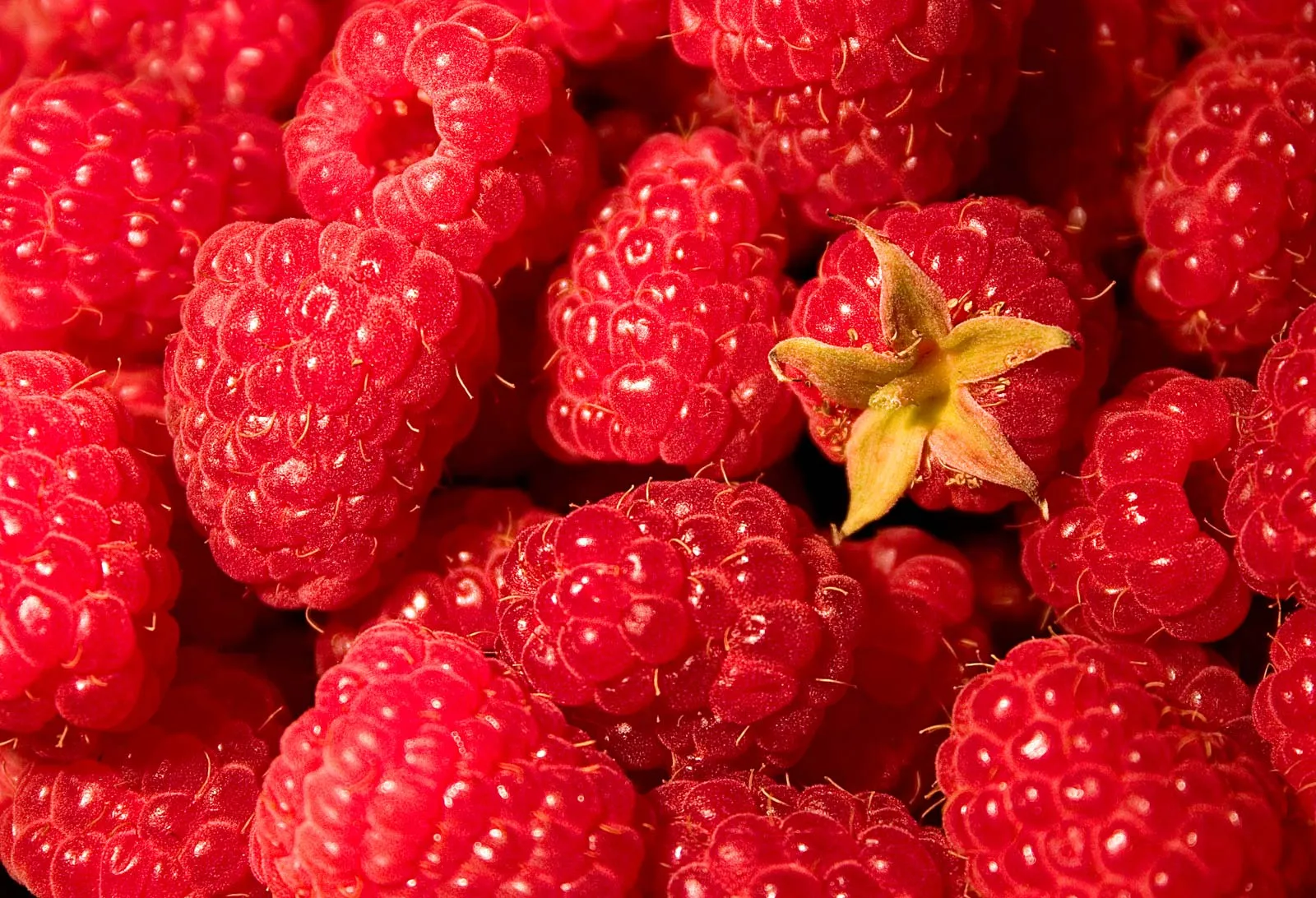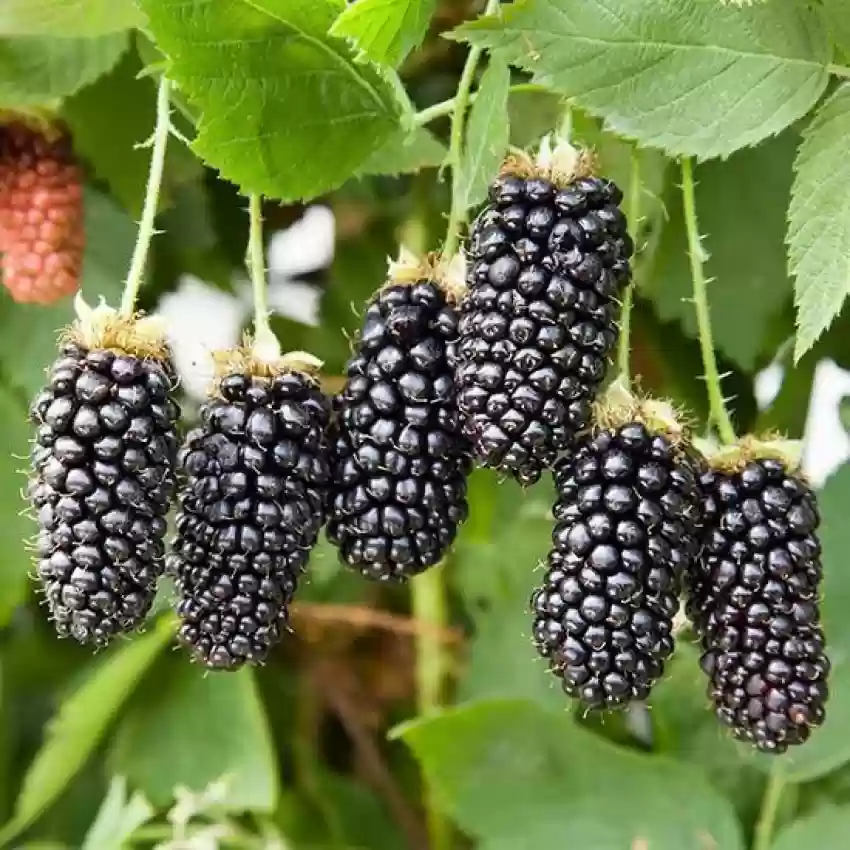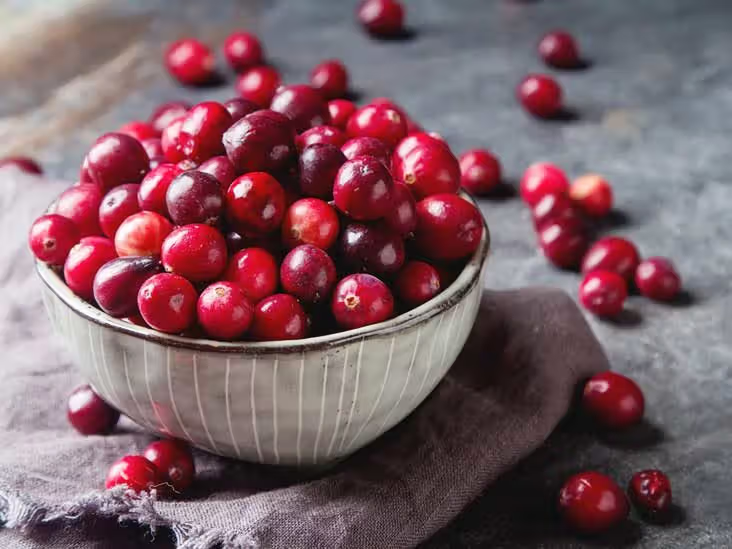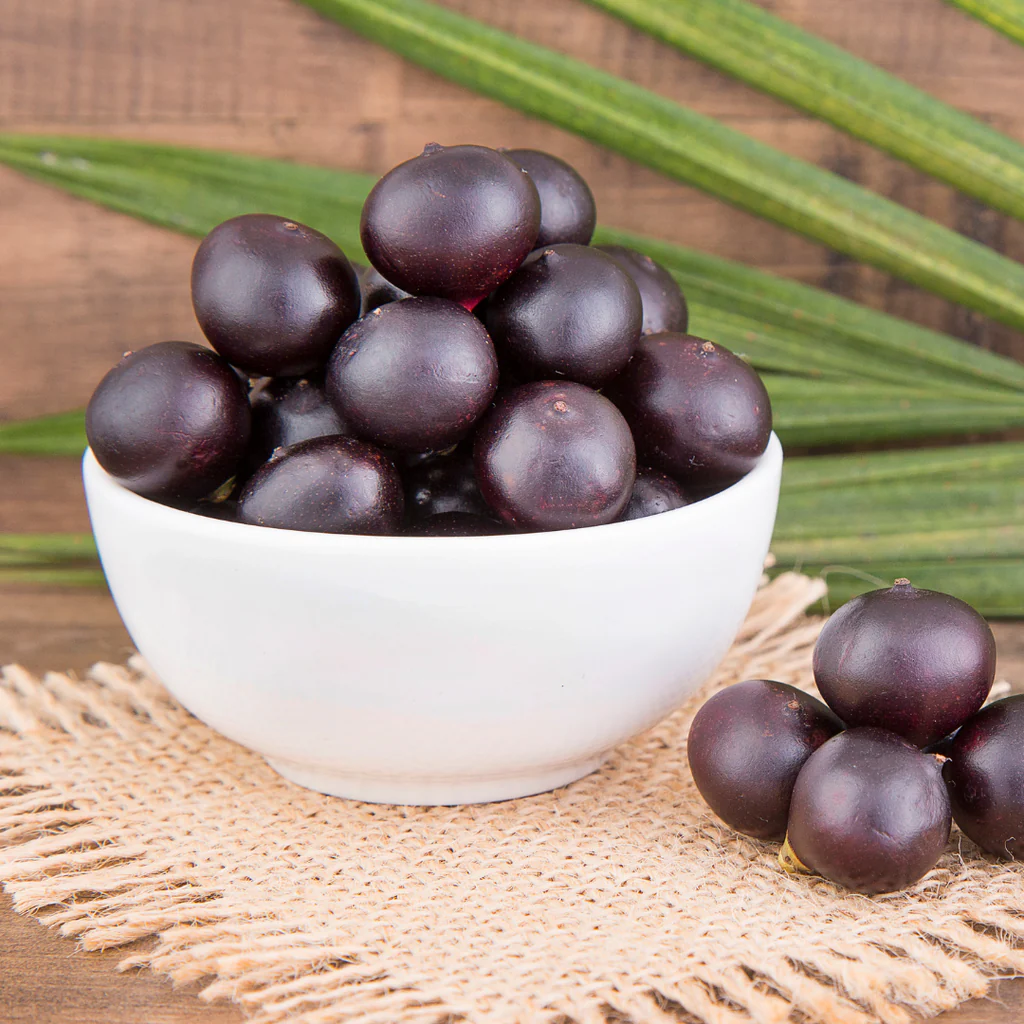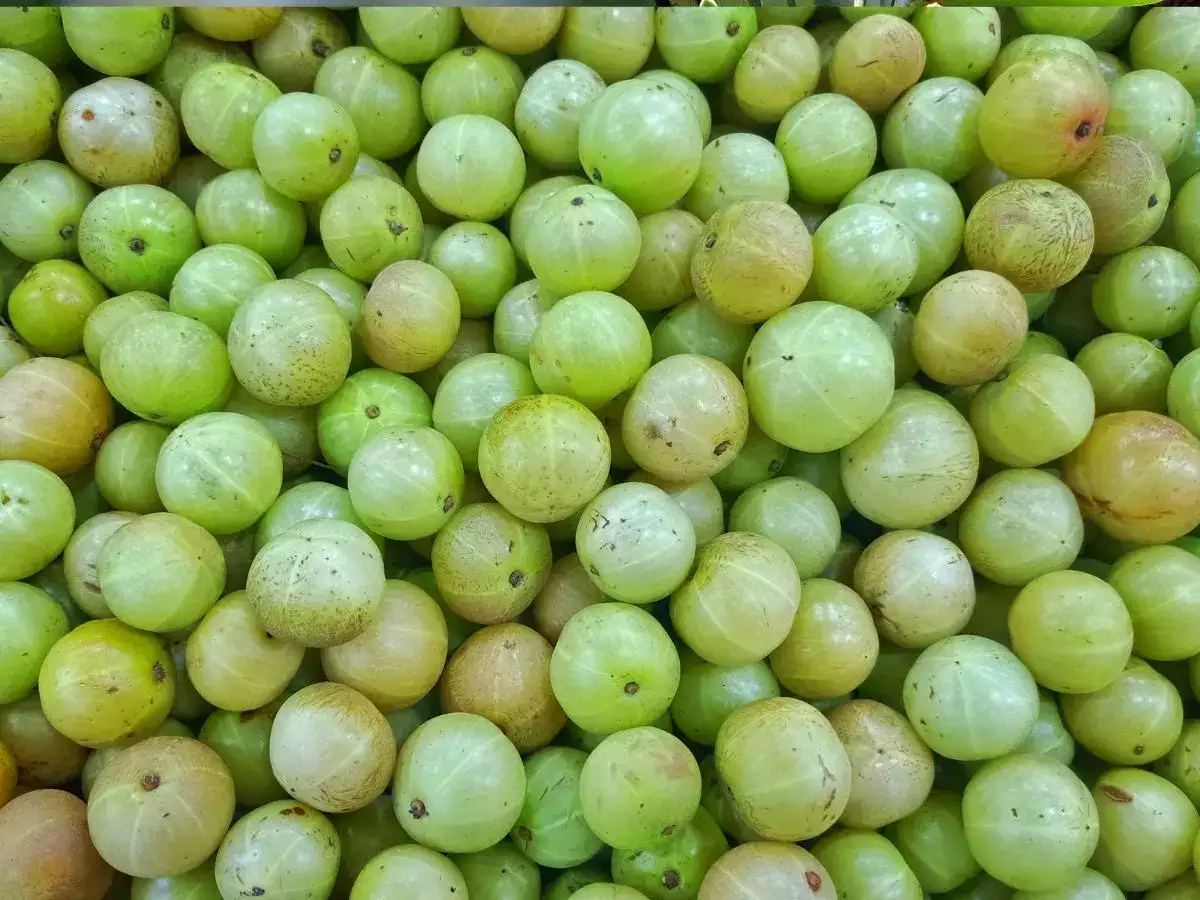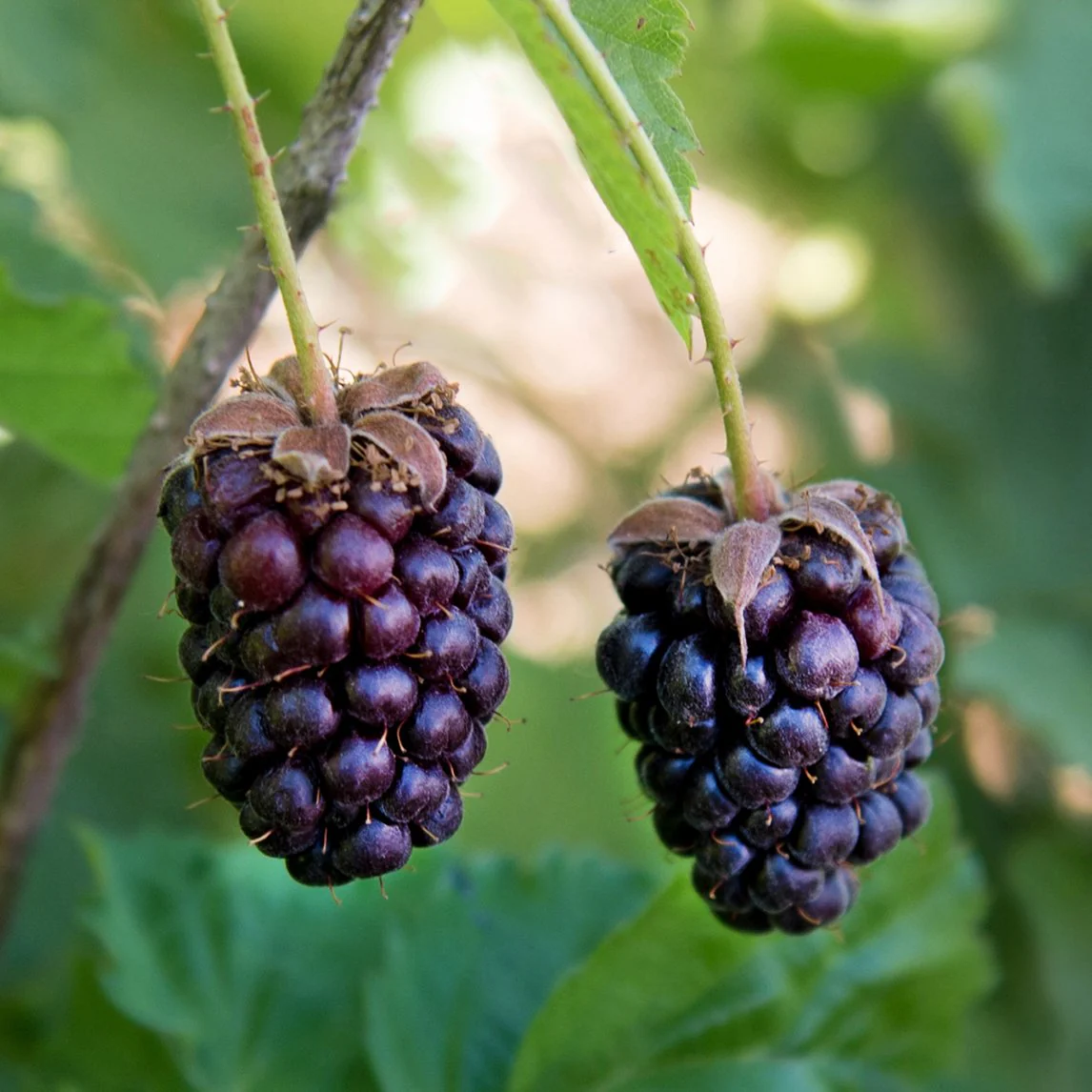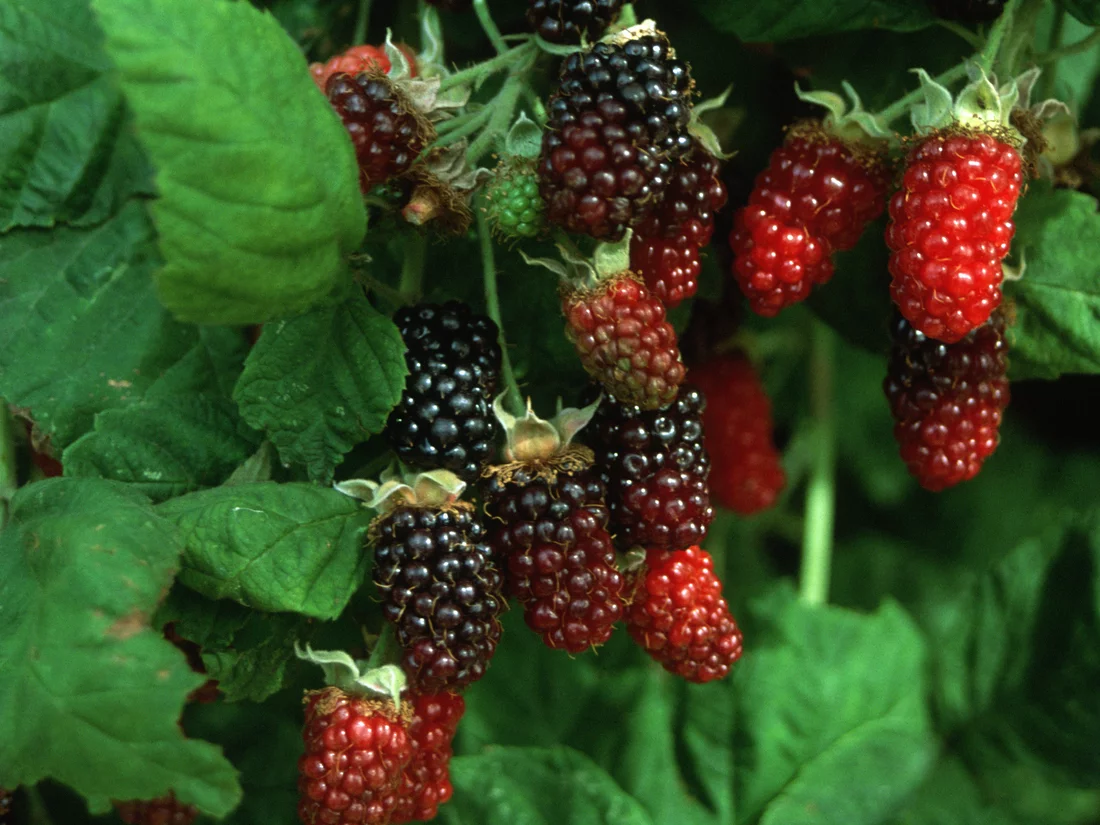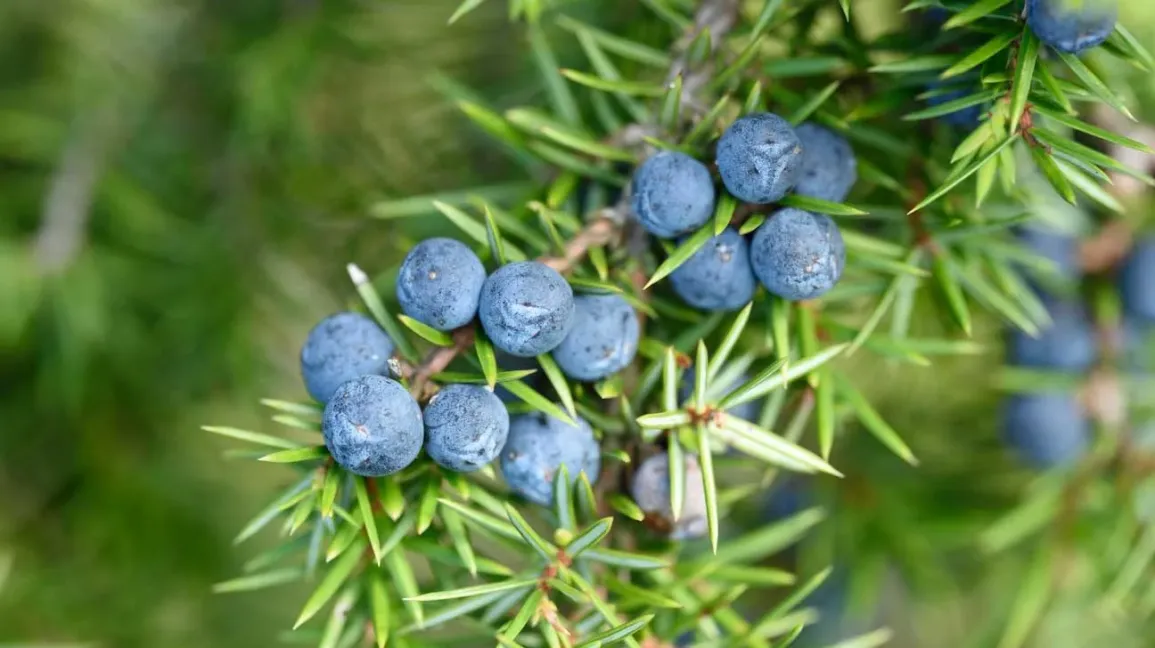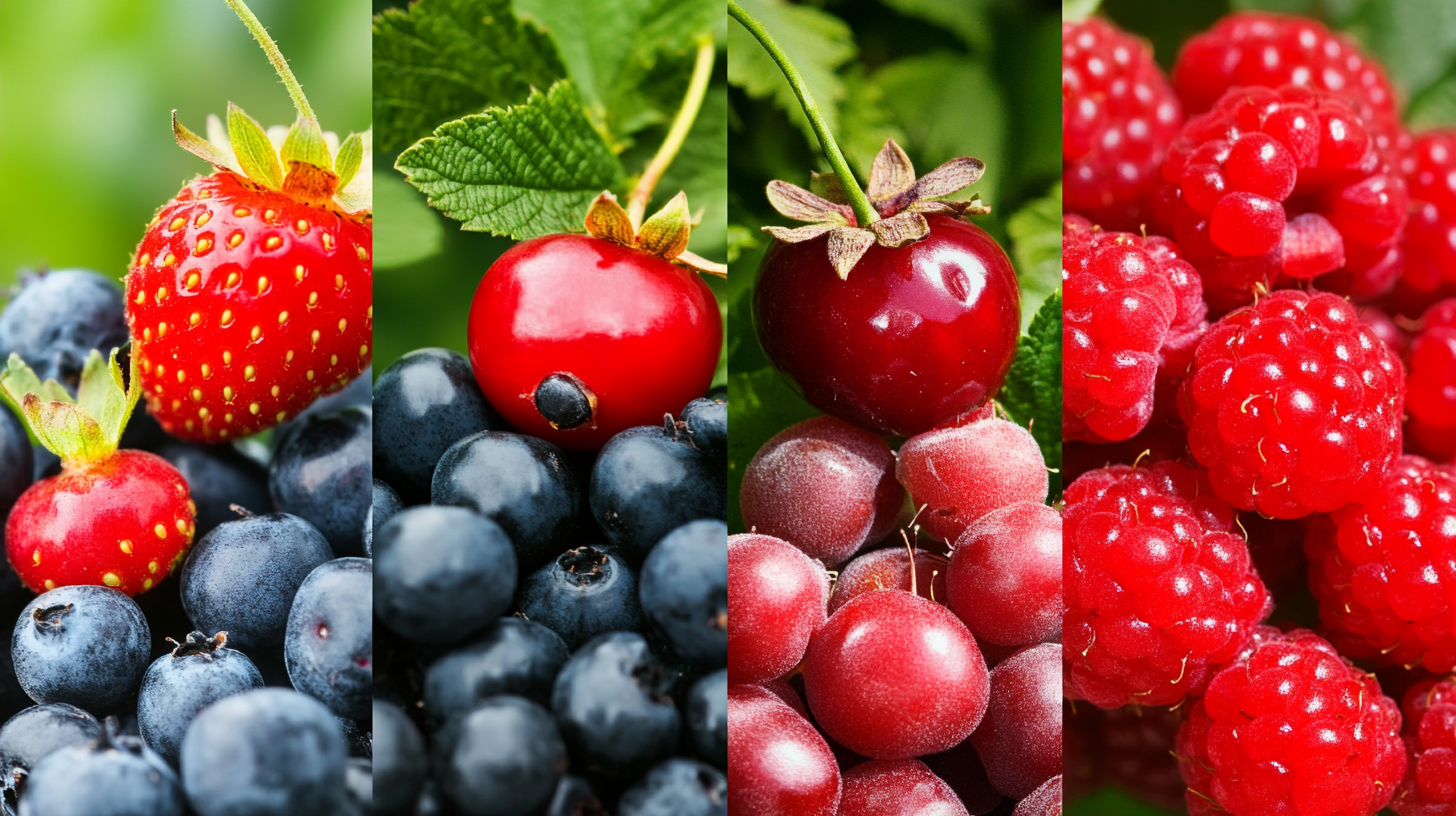
Berries are not only delicious but also packed with nutrients, making them a popular choice for a healthy diet.
From the sweet taste of strawberries to the tart flavor of cranberries, berries come in various shapes, colors, and flavors.
Each type of berry offers unique benefits, whether it’s high in antioxidants, vitamins, or fiber.
This blog will explore 20 different types of berries, highlighting their key characteristics, health benefits, and culinary uses.
List of Different Types of Berries
1. Strawberry
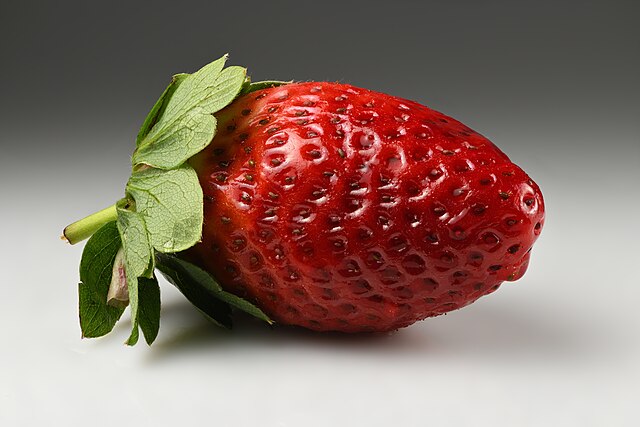
Strawberries are one of the most popular and widely consumed berries.
They are sweet and juicy and contain vitamin C, fiber, and antioxidants.
Strawberries are versatile and can be used in everything from desserts to salads and smoothies.
- Flavor: Sweet, juicy
- Best For: Desserts, salads, smoothies
- Features: High in vitamin C, rich in antioxidants
2. Blueberry
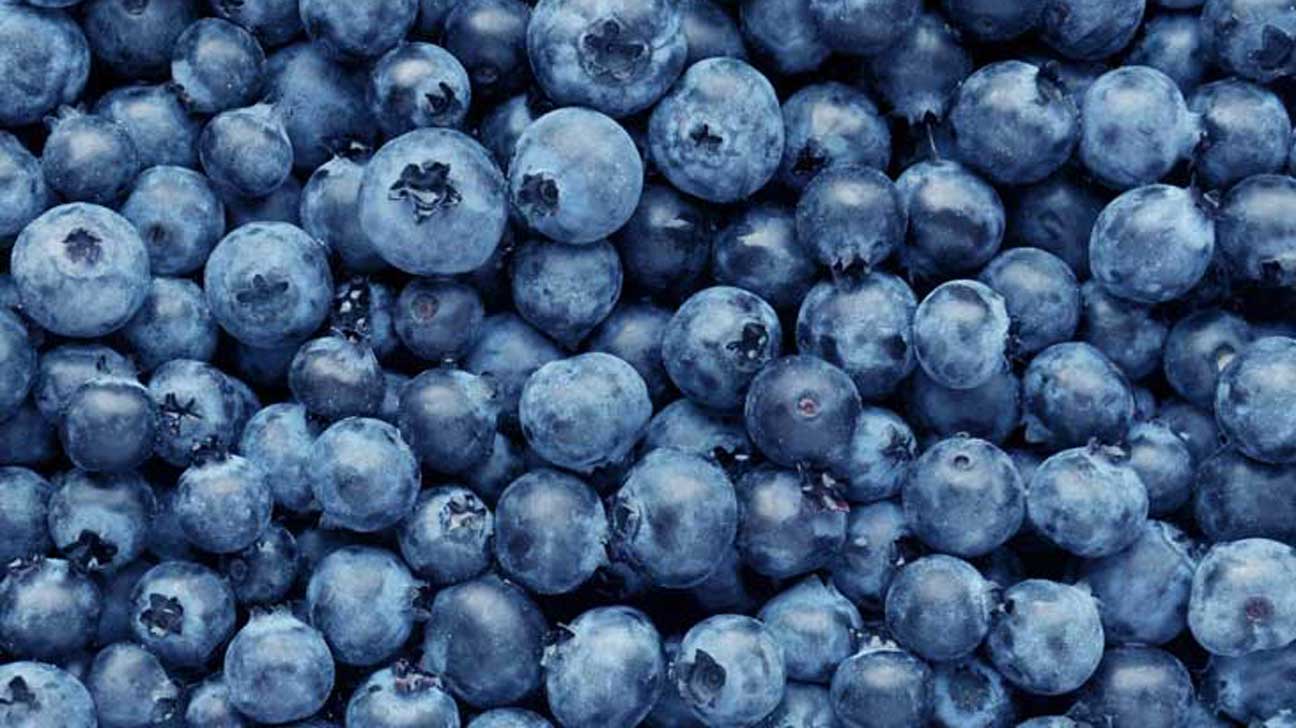
Blueberries are small, round berries known for their deep blue color and sweet-tart flavor.
They are rich in antioxidants, particularly anthocyanins, which contribute to their health benefits, including improved brain health and reduced inflammation.
- Flavor: Sweet-tart
- Best For: Breakfast, baking, snacking
- Features: High in antioxidants, supports brain health
3. Raspberry
Raspberries are delicate, red, or blackberries with a sweet-tart flavor.
They are high in fiber, vitamin C, and antioxidants.
Raspberries are often used in desserts, jams, and sauces, adding flavor and color.
- Flavor: Sweet-tart
- Best For: Desserts, jams, sauces
- Features: High in fiber, rich in vitamin C
4. Blackberry
Blackberries are dark purple to black berries with a slightly tart flavor.
They are rich in vitamins C and K, fiber, and antioxidants.
Blackberries are commonly used in pies, cobblers, and smoothies.
- Flavor: Slightly tart
- Best For: Pies, cobblers, smoothies
- Features: High in vitamins C and K, antioxidant-rich
5. Cranberry
Cranberries are small, tart berries often used in sauces, juices, and baked goods.
They are well-known for their high antioxidant content and role in supporting urinary tract health.
- Flavor: Tart
- Best For: Sauces, juices, baked goods
- Features: High in antioxidants, supports urinary health
6. Goji Berry
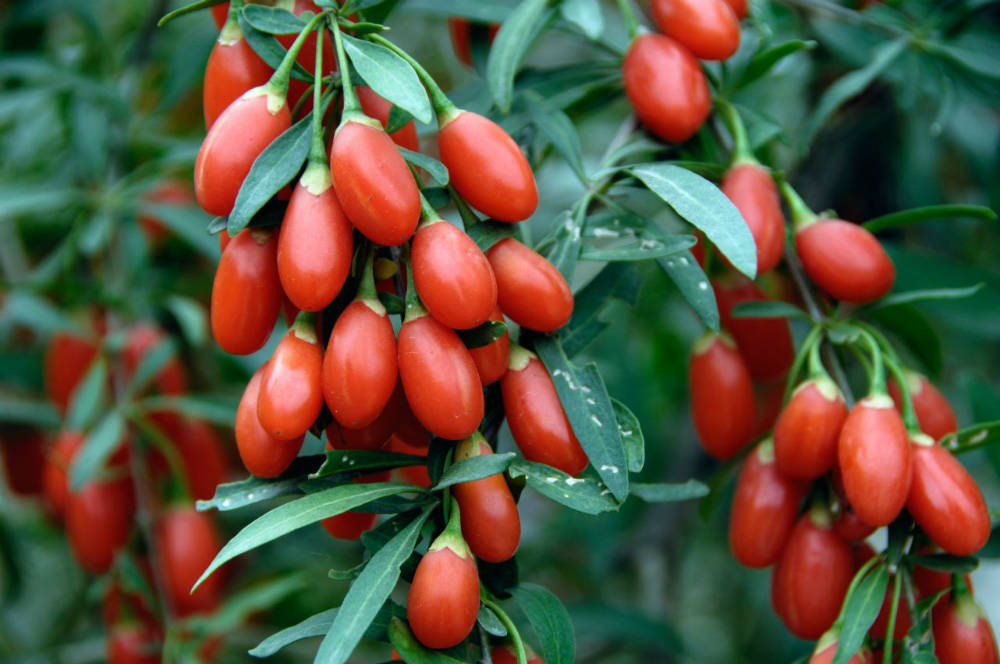
Goji berries, also known as wolfberries, are small red berries native to Asia.
They have a slightly sweet and tangy flavor and are rich in vitamins A and C, antioxidants, and amino acids.
Goji berries are often used in teas, smoothies, and cereal toppings.
- Flavor: Sweet-tangy
- Best For: Teas, smoothies, cereals
- Features: Rich in vitamins A and C, high in antioxidants
7. Elderberry
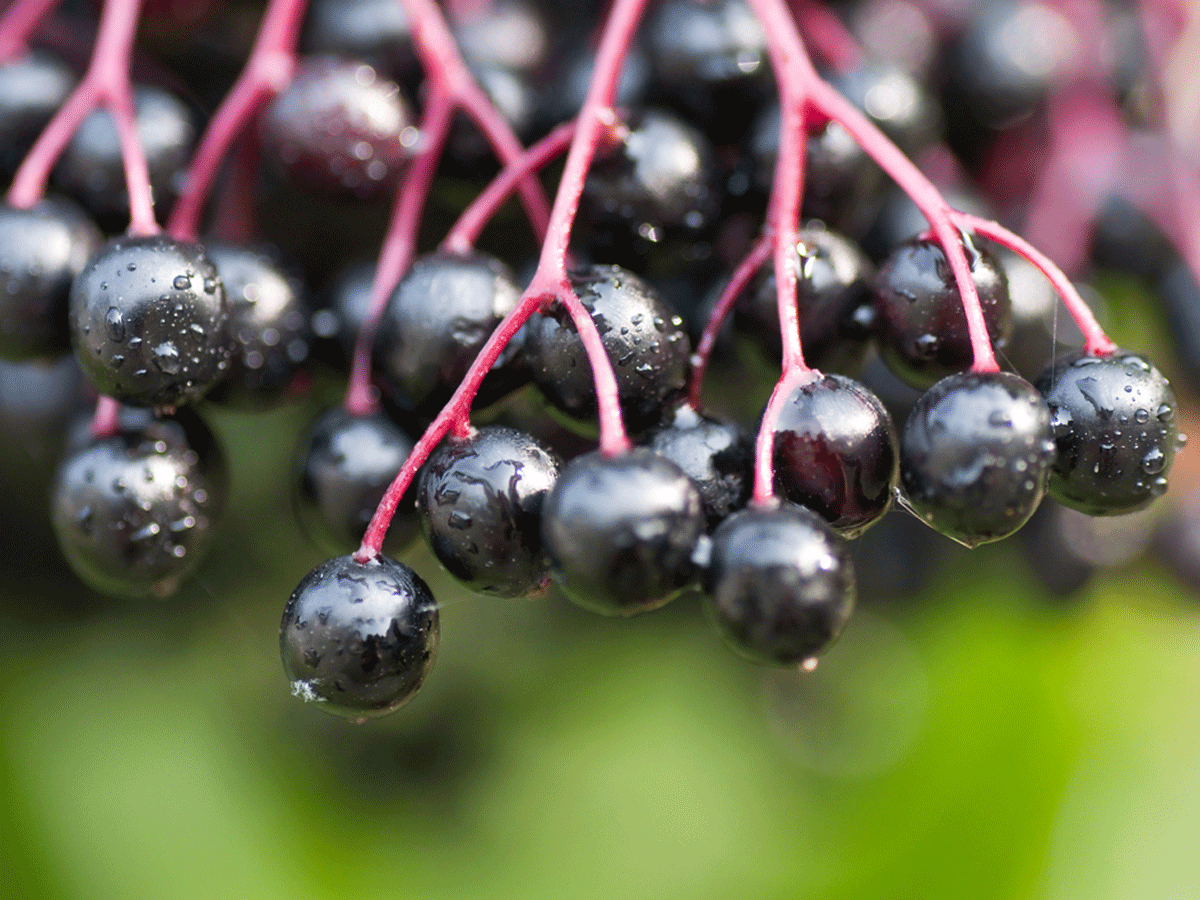
Elderberries are small, dark purple berries known for their immune-boosting properties.
They have a tart flavor and are often used in syrups, teas, and supplements to support cold and flu prevention.
- Flavor: Tart
- Best For: Syrups, teas, supplements
- Features: Immune-boosting, high in antioxidants
8. Acai Berry
Acai berries are small, dark purple berries native to the Amazon rainforest.
They have a rich, earthy flavor and are known for their high antioxidant content, particularly anthocyanins.
Acai berries are often used in smoothie bowls, juices, and supplements.
- Flavor: Rich, earthy
- Best For: Smoothie bowls, juices, supplements
- Features: High in antioxidants, supports heart health
9. Gooseberry
Gooseberries are small, round berries that can be green, red, or purple, with a tart flavor.
They are high in vitamin C and fiber and are often used in jams, pies, and sauces.
- Flavor: Tart
- Best For: Jams, pies, sauces
- Features: High in vitamin C, rich in fiber
10. Boysenberry
Boysenberries are a cross between a raspberry, blackberry, and loganberry.
They have a sweet-tart flavor and are rich in vitamins C and K, fiber, and antioxidants.
Boysenberries are often used in jams, pies, and syrups.
- Flavor: Sweet-tart
- Best For: Jams, pies, syrups
- Features: High in vitamins C and K, antioxidant-rich
11. Mulberry
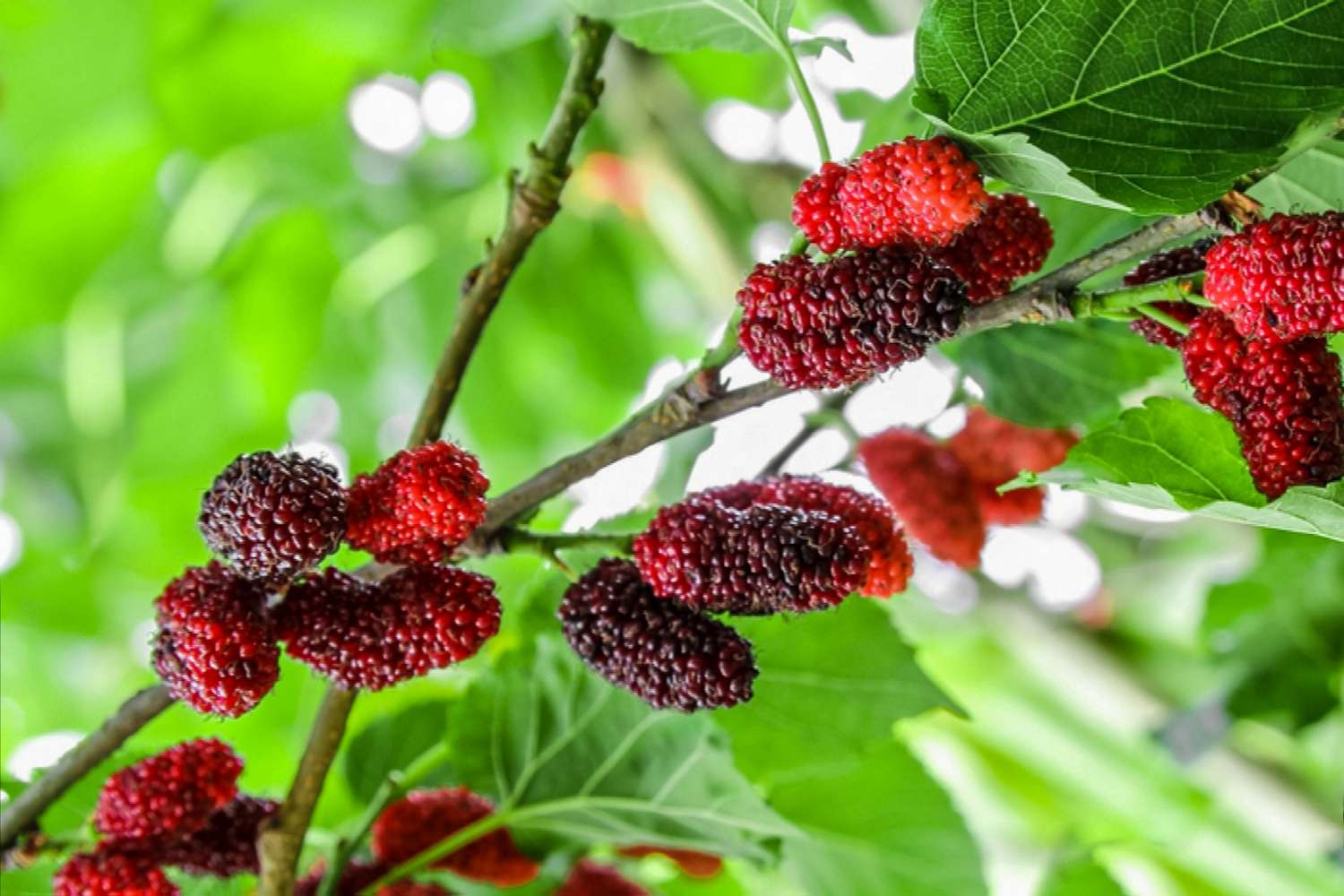
Mulberries are sweet, juicy berries that can be white, red, or black.
They are rich in vitamins C and K, iron, and antioxidants.
Mulberries are often used in jams, desserts, and dried snacks.
- Flavor: Sweet, juicy
- Best For: Jams, desserts, snacks
- Features: High in vitamins C and K, rich in iron
12. Huckleberry
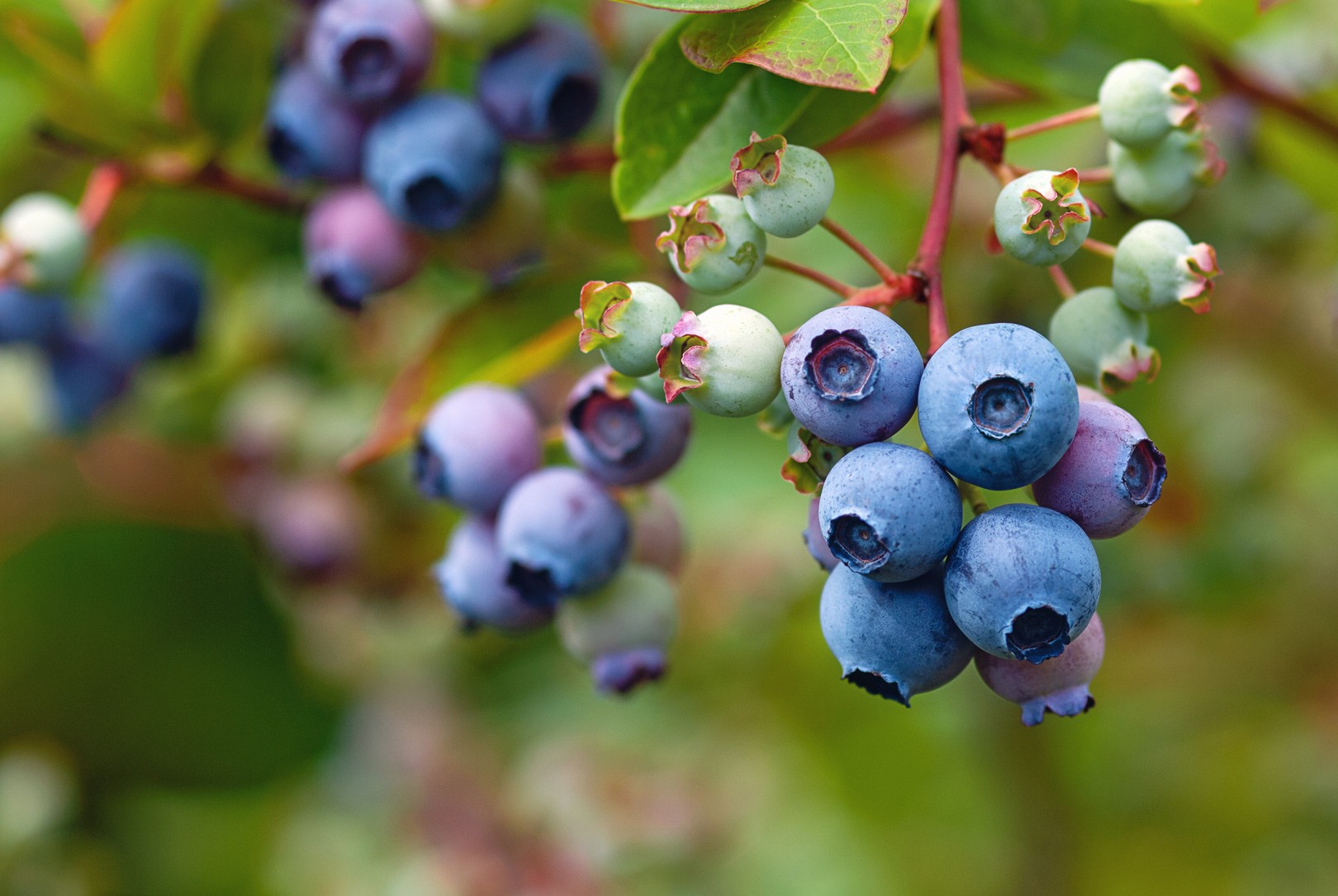
Huckleberries are small, round berries similar to blueberries but with a slightly more tart flavor.
They are rich in antioxidants and vitamin C. Huckleberries are often used in pies, jams, and syrups.
- Flavor: Tart
- Best For: Pies, jams, syrups
- Features: High in antioxidants, vitamin C-rich
13. Marionberry
Marionberries are a type of blackberry with a rich, complex flavor and dark purple color.
They are often considered the “Cabernet of Blackberries” and are used in pies, jams, and sauces.
- Flavor: Rich, complex
- Best For: Pies, jams, sauces
- Features: Dark purple color, rich in antioxidants
14. Lingonberry
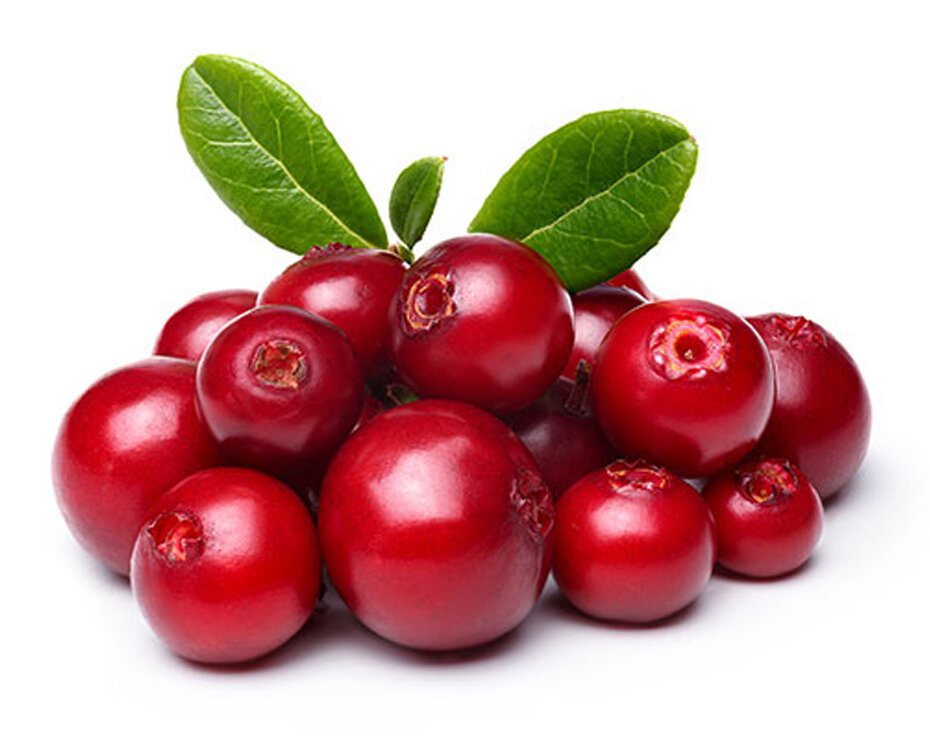
Lingonberries are small, red, tart berries native to the Northern Hemisphere.
They are highly antioxidants and often used in jams, sauces, and traditional Scandinavian dishes.
- Flavor: Tart
- Best For: Jams, sauces, Scandinavian dishes
- Features: High in antioxidants, traditional use in Scandinavian cuisine
15. Loganberry
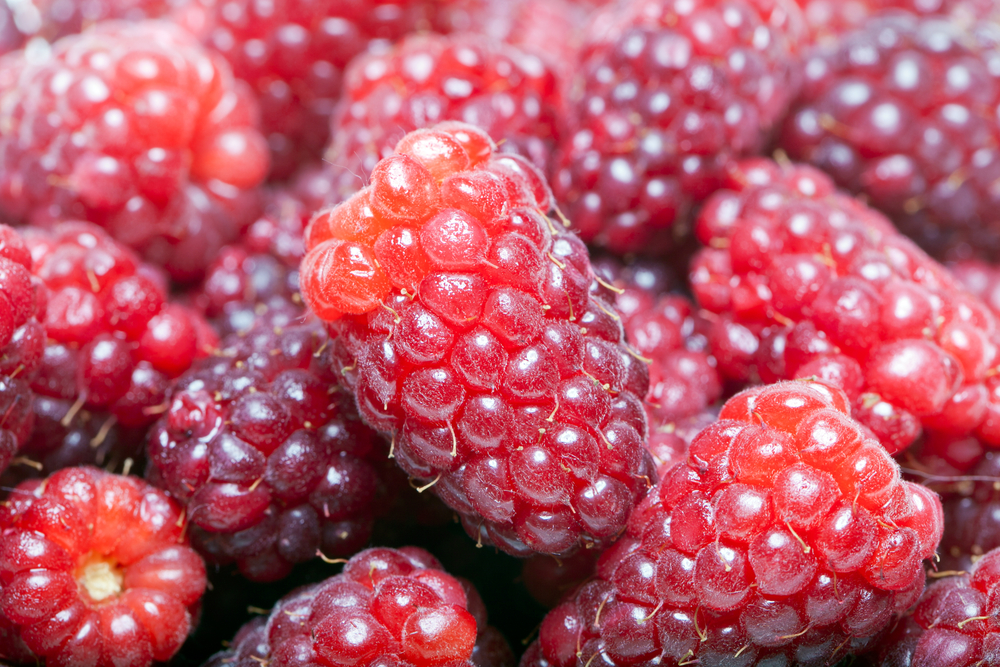
Loganberries are a hybrid of raspberries and blackberries with a rich, tart flavor.
They are high in vitamins C and K, fiber, and antioxidants.
Loganberries are often used in pies, jams, and desserts.
- Flavor: Tart
- Best For: Pies, jams, desserts
- Features: High in vitamins C and K, hybrid berry
16. Cloudberry
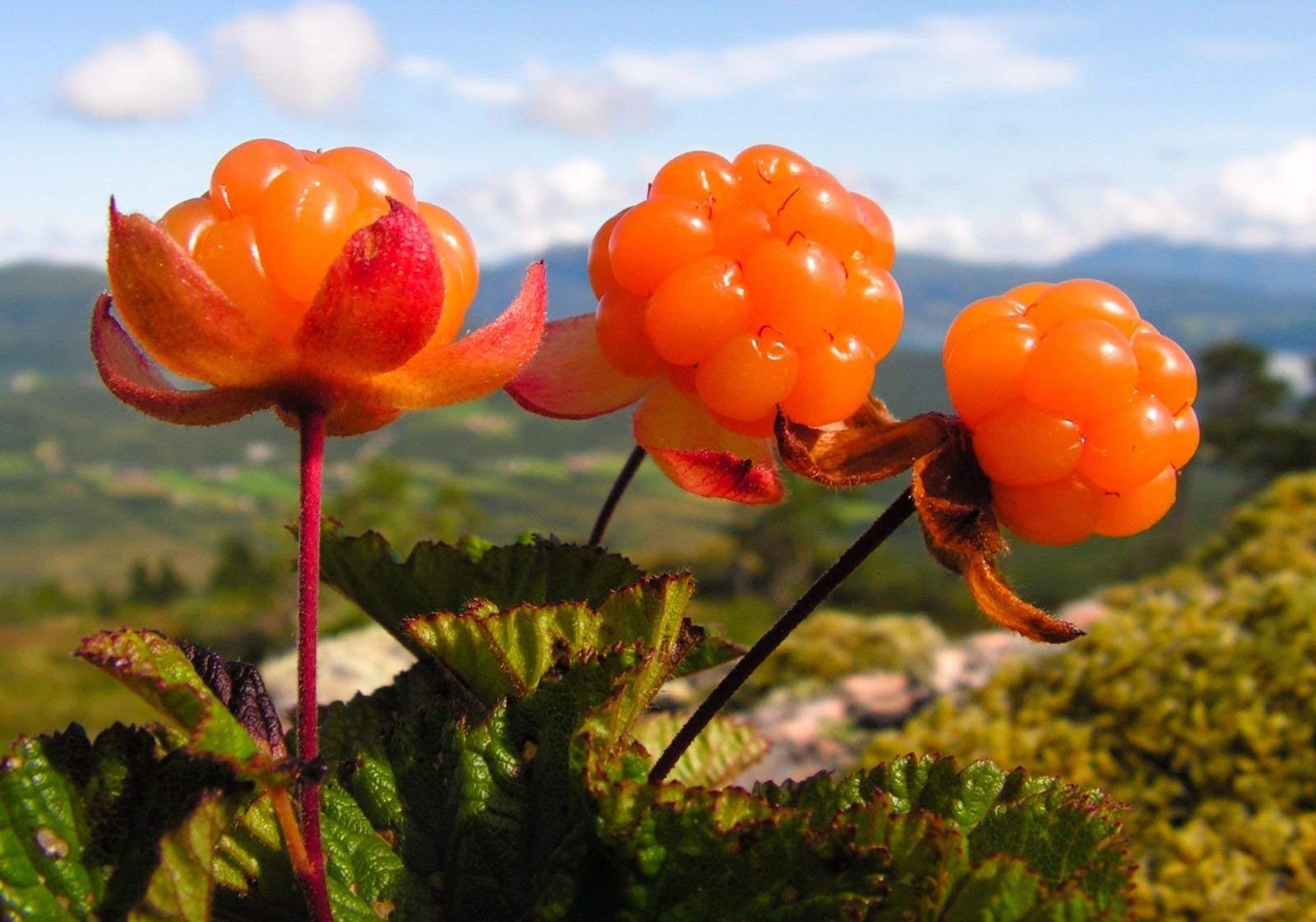
Cloudberries are rare, orange-yellow berries in the Arctic and sub-Arctic regions.
They have a tart, tangy flavor and are high in vitamin C and antioxidants.
Cloudberries are often used in jams, desserts, and liqueurs.
- Flavor: Tangy, tart
- Best For: Jams, desserts, liqueurs
- Features: Rare, high in vitamin C
17. Juniper Berry
Juniper berries are small, dark blue berries known for flavoring gin.
They have a sharp, piney flavor and are also used in cooking, particularly in European cuisines, for seasoning meats.
- Flavor: Sharp, piney
- Best For: Flavoring gin, seasoning meats
- Features: Used in gin production, culinary uses
18. Bilberry

Bilberries are small, dark blue berries similar to blueberries but with a more intense flavor.
They are rich in antioxidants, particularly anthocyanins, and are often used in jams, pies, and health supplements.
- Flavor: Intense, slightly tart
- Best For: Jams, pies, supplements
- Features: High in antioxidants, rich flavor
19. Currant
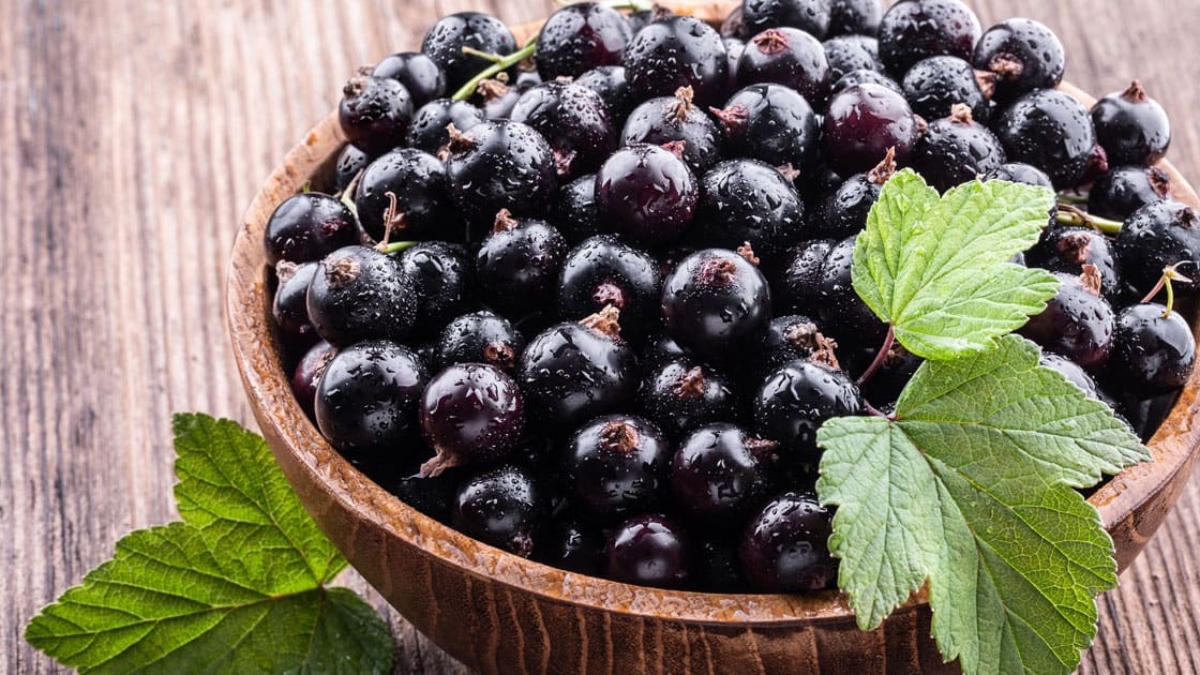
Currants are small, tart berries in red, black, or white varieties.
They are high in vitamin C and antioxidants and are often used in jams, jellies, and baked goods.
- Flavor: Tart
- Best For: Jams, jellies, baked goods
- Features: High in vitamin C, antioxidant-rich
20. Tayberry
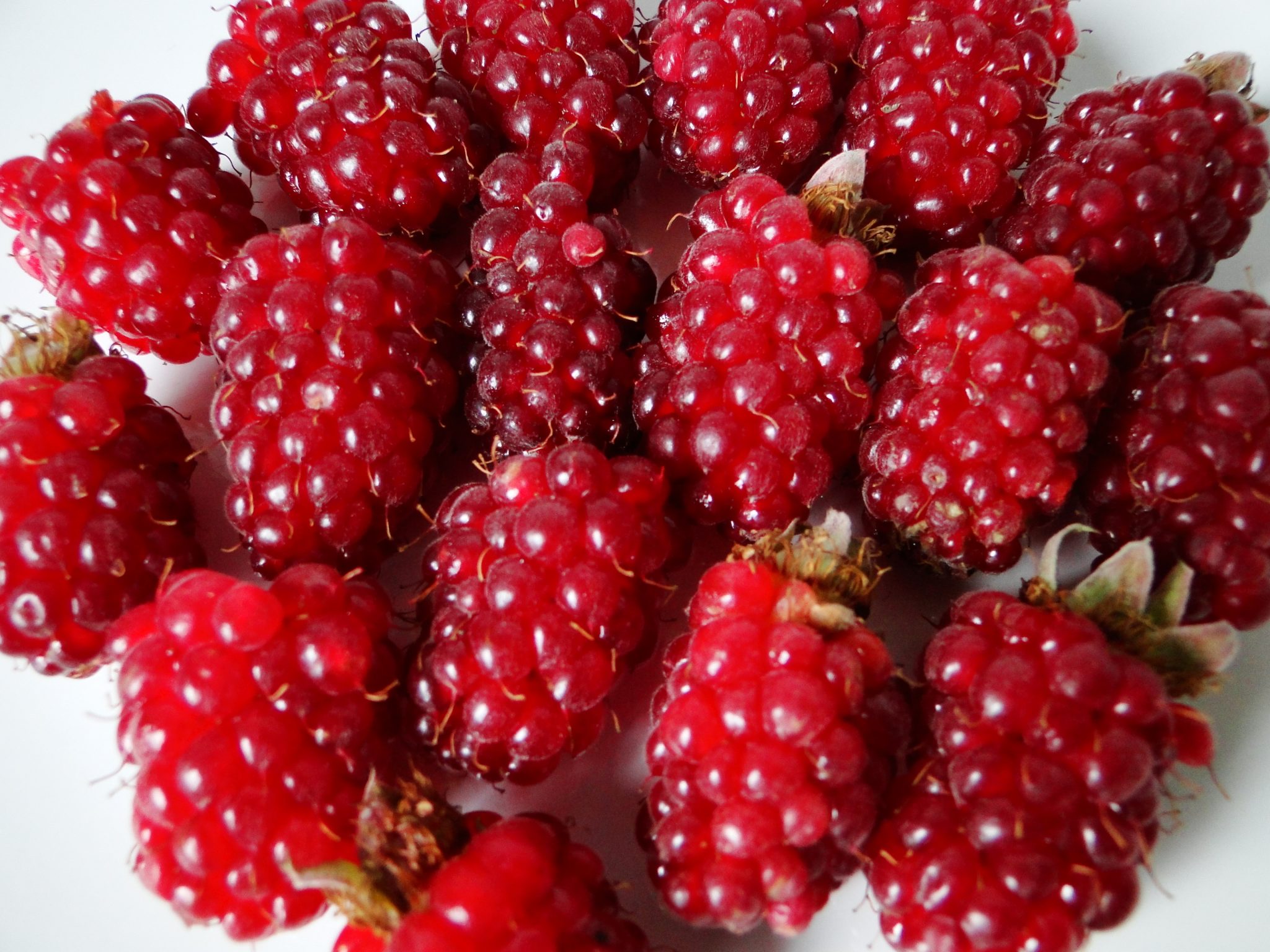
Tayberries are a cross between a raspberry and a blackberry, with a sweet-tart flavor.
They are rich in vitamins C and K and are often used in jams, desserts, and as a fresh snack.
- Flavor: Sweet-tart
- Best For: Jams, desserts, fresh snack
- Features: Hybrid berry, rich in vitamins C and K
Conclusion
Berries are delicious and offer a wide range of health benefits, from boosting immunity to supporting heart health.
Whether you prefer the classic strawberry or the exotic goji berry, there’s a berry for everyone.
Exploring different types of berries can add variety to your diet and provide new flavors and textures to enjoy in various dishes.

